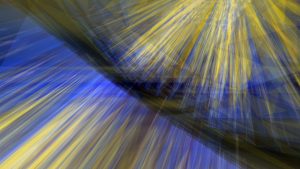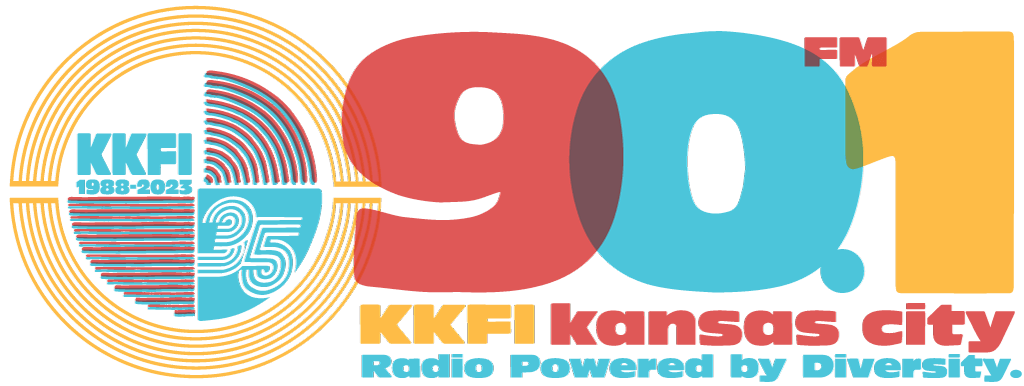What sounds does a color make?
From Ark to Microchip presents a program of music for your inner eye and ear by Thomas Aber and Dwight Frizzell—all inspired by the paintings of Warren Rosser. As Afrofuturist Sun Ra reminded us, music paints a picture that only the mind’s eye can see. Here the living image of sound unfolds orbs of color that repeat, crack open and leave traces where they have been. Ellipses rotate within themselves and in larger circling colligatives, both revealing and reveling in the Rosser’s color spaces as sonified by clarinet, bass clarinet, xun (egg flute), sheng (mouth organ), penny whistle, gaida (bagpipes), native flute and zooms (long-hose instruments).
“Such striking sounds and harmonies.” –Robert Carl, composer/author Terry Riley’s In C
“Music that gets inside your head.” – Crosby Kemper III, Kansas City Public Library
Warren Rosser
Warren Rosser is the William T. Kemper Distinguished Professor of Painting, recently retired as Chair of the Painting Department at the Kansas City Art Institute after 28 years. Born in South Wales in the UK, Rosser moved to the US in 1972. Although trained as a painter, for many years he made sculpture and mixed media constructions. In 1998 he returned to painting, which he views in the broadest sense. His work continues to explore constructed elements that can exist on the wall, but just as easily on the floor. The work examines an abstract language, exploring architectural forms and constructed space with particular attention being paid to color and its transitions and subtleties. Selected solo exhibitions have included: Parade: Parallel Tracks at University of Leeds, England, and Jan Weiner Gallery in Kansas City; Repeat Offender at Contemporary Art Museum St. Louis; Counterpoint at Epsten Gallery, Kansas City Jewish Museum; Hybrid View at Albrecht Kemper Museum, St Joseph, Missouri; and AlternateTracking at Bemis Center for Contemporary Art at Omaha, Nebraska.
Myth-Science Ensemble
Inspired by Sun Ra’s solar-myth approach, Thomas Aber and Dwight Frizzell use a wide array of clarinets and saxophones, as well as bagpipes, Cherokee flutes, zwooms (long-hose instruments), electronics and video for their performances and recordings. In 1982, Aber and Frizzell played with Don Cherry, Alvin Curran and Frederic Rzewski through satellite hook-ups to promote world peace. They are core members of Myth-Science Ensemble, and the founding members of newEar and BCR, and have performed at the Wounded Galaxies Festival (Bloomington, IN), International Clarinet Festival (Baton Rouge), Outside the Box Arts Festival (Carbondale), The Forum for Contemporary Art (St. Louis), and Freedom From Festival (Minneapolis). Aber studied bass clarinet with Harry Sparnaay at the Sweelinck Conservatorium in Amsterdam. He performed the premiere of Charles Dodge’s Clarinet Elegy, the first fractal generated composition in 1989. Frizzell’s teachers included Sun Ra, clarinetist Raymond Luedeke and video artist Douglas Davis. He is Professor of Sound at the Kansas City Art Institute.




